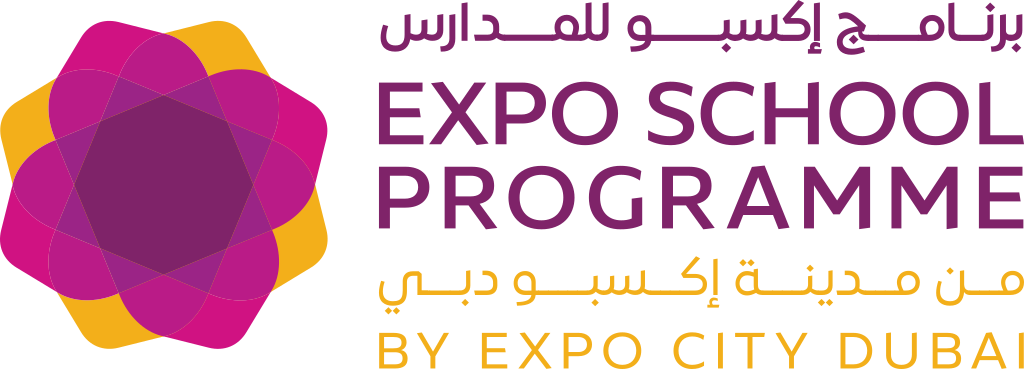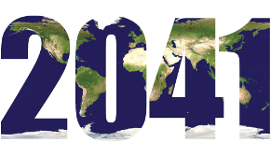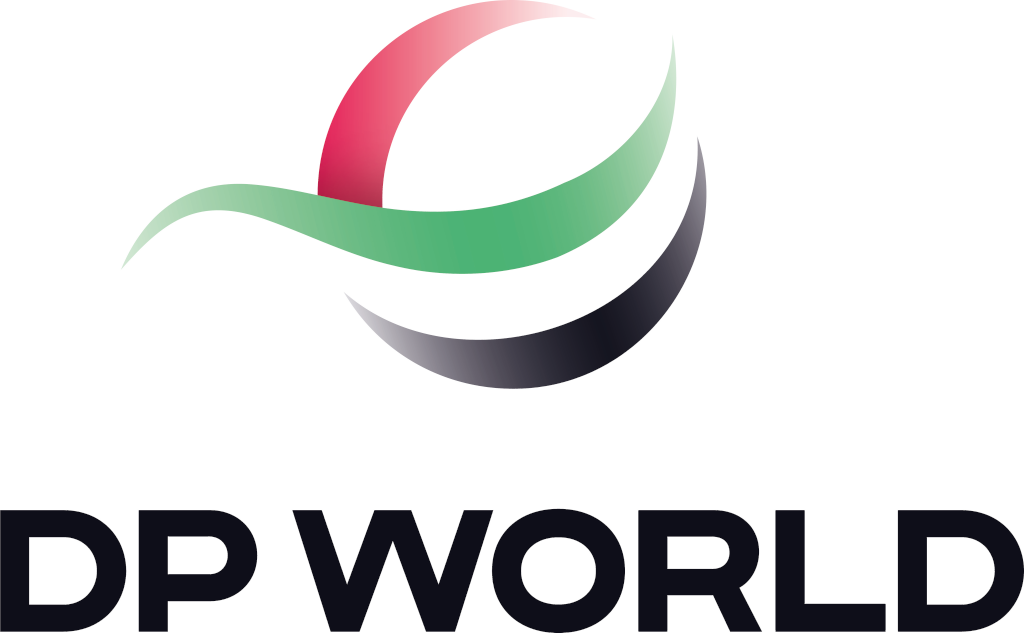When it comes to looking for alternative power sources to generate electricity, it’s a good idea to look to the sky!
That’s exactly what Morocco have done. A huge new solar energy plant, the size of 35 football pitches, has opened as part of the country’s plan to generate 42% of its energy from renewable sources by 2020.
Solar energy, or energy from the sun, is brilliant. There’s lots of it, harnessing it doesn’t release greenhouse gasses into the atmosphere, and we’re developing new technology all the time to capture and store it.
There are two main ways to harness the power of the sun to generate electricity.
In Morocco, huge dish-shaped or parabolic mirrors are used to focus sunlight to melt salt. The salt will hold this energy and store it, and it can be released at night to power a steam turbine, which will in turn generate energy to power things like lights. This type of solar thermal energy works best in hot, sunny countries.

Part of the 354 MW Solar Energy Generating Systems (SEGS) parabolic trough solar complex in northern San Bernardino County, California. Copyright USA.Gov – BLM – BUREAU OF LAND MANAGEMENT
The second way is to use photovoltaic cells. These are what make up the more familiar solar panels you can see more and more often. NASA Science have a great explanation on how photovoltaic cells work.
Morocco does have an advantage over the many parts of the world when it comes to harnessing solar power. For example, the UK gets on average 1,460 hours of sunshine per year. Morocco on the other hand gets a whopping 3, 146 hours, and it’s sunny over 70% of daylight hours. Not bad!
Another advantage for Morocco has is its deserts. As as being hot and dry, they are huge areas of space where solar farms can be built. The UAE also has a lot of space in the desert, but what about using solar power in the cities? Well, there are other solutions.
One way to find space is to use all that room above our heads – our rooftops! If more roofs were fitted with solar panels, thing of the energy that could be generated!
Of course, solar isn’t the only form of renewable power out there. Lots of places in Europe, for example, harness the power generated by rivers, lakes, and the sea itself to generate hydroelectric power. This can be done in several ways, including trapping water in a damn and using the force of the water as it’s slowly released to drive a turbine to generate energy, or to use the power of the tide as it goes in and out to do the same.
Wind power is another option. Wind farms, which are collections of windmills or wind turbines, can be set up on hillsides and even out at sea.
Want to learn more? There’s a great, simple guide to different types of renewable energy on the BBC website, which includes a handy list of the pros and cons of each type of renewable power.
Featured image copyright Taylor and Kevin via Flickr










Follow R&S UAE